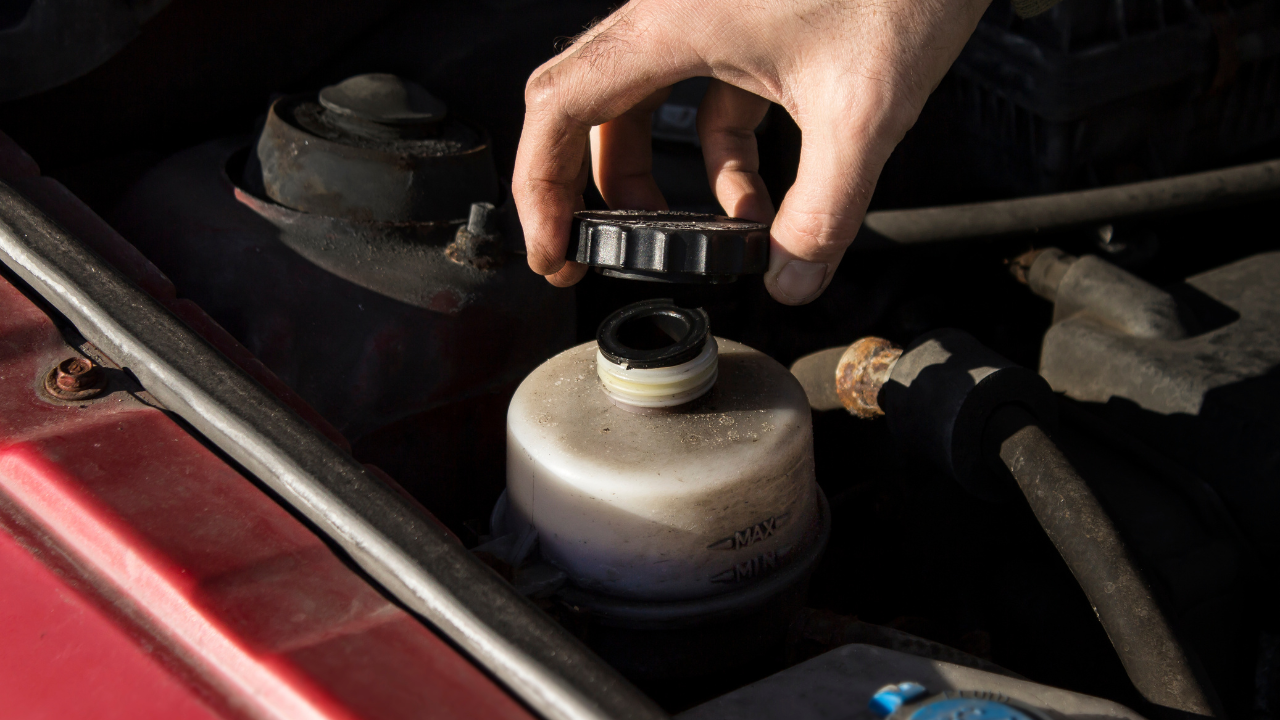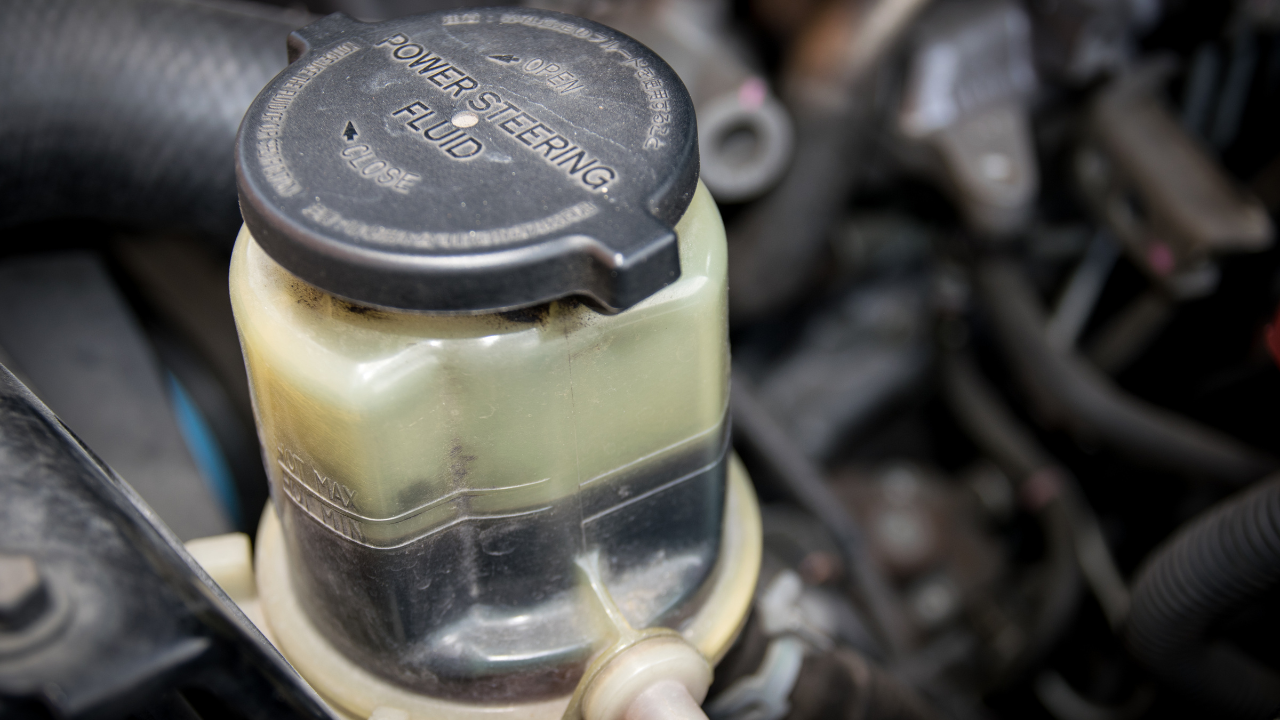Power steering is a crucial component in modern vehicles that allows for easy and smooth maneuvering on the road. However, this system can experience issues such as fluid leaks, significantly affecting the vehicle’s overall performance. Power steering fluid leaks can result from various factors, from simple wear and tear to more serious mechanical failures. Identifying the root cause of a power steering fluid leak is essential to prevent further damage and ensure the safety of the driver and passengers.
This article will discuss the five most common causes of power steering fluid leaks, their symptoms, and potential solutions. By understanding the potential causes and taking necessary precautions, drivers can effectively maintain their power steering system and avoid unexpected and costly repairs. Whether you are a car owner or a mechanic, this article will provide valuable insights on identifying and addressing power steering fluid leaks. So, let’s delve into the top five causes of power steering fluid leaks and gain a deeper understanding of this common issue. Stop the Leak, Drive with Ease! Get Your Power Steering Fluid Checked Today!
Damaged Power Steering Hose Replacement

When encountering a power steering fluid leak, it is crucial to address the issue promptly to prevent further damage to the power steering system. One potential source of a power steering fluid leak is a damaged power steering hose. Over time, these hoses can deteriorate due to age, exposure to heat and contaminants, or mechanical stress. If you notice symptoms such as difficulty in steering, whining noise when turning the wheel, or a low power steering fluid level, it is essential to inspect the hoses for any signs of leakage.
In the event of a power steering hose failure, replacing the damaged hose with a new one is recommended to restore proper functionality and prevent potential steering issues. Professional repair services can efficiently assess the issue, provide an accurate diagnosis, and replace the damaged power steering hose, ensuring a reliable and safe driving experience.
Loose or Damaged Clamps

Another common cause of power steering fluid leaks is loose or damaged clamps. Clamps are used to secure the various components of the power steering system, such as hoses and fittings. Over time, these clamps can become loose or worn out, leading to leaks. If you notice power steering fluid leaking around the clamps or any signs of fluid loss, inspecting the clamps for any damage or looseness is crucial.
Tightening loose clamps or replacing damaged ones can resolve the issue and prevent further fluid leaks. Seeking professional assistance is recommended to ensure proper diagnosis and repair, as they have the expertise and tools to address loose or damaged clamps and prevent potential steering system complications.
Worn Out Seals or Gaskets

One of the most common causes of power steering fluid leaks is worn-out seals or gaskets. Seals and gaskets are essential for the power steering system as they help create a tight seal and prevent fluid from leaking. However, these seals and gaskets can deteriorate over time due to age, heat, and exposure to harsh environmental conditions.
As a result, the power steering fluid may start to leak, leading to various symptoms, such as difficulty in steering, low fluid levels, or fluid puddles under the vehicle, particularly on the passenger side. If you suspect worn-out seals or gaskets as the cause of the power steering fluid leak, it is crucial to have them inspected and replaced by a professional. Ignoring the issue can further damage the power steering system and potentially costly repairs.
Cracked or Corroded Reservoir

A cracked or corroded reservoir is another common cause of power steering fluid leaks. The reservoir holds the power steering fluid and supplies it to the system as needed. However, over time, the reservoir can develop cracks or become corrupted due to exposure to harsh elements or old age. These cracks or corrosion can lead to fluid leakage, resulting in a loss of power steering functionality.
If you notice signs such as a decrease in power steering fluid levels or fluid puddles near the reservoir, it is essential to address the issue promptly. Consulting a professional mechanic will help determine the extent of the damage and whether the reservoir needs to be repaired or replaced. Neglecting the issue can worsen the leak and potentially lead to more expensive repairs in the future.
Faulty Power Steering Pump Seal

A faulty power steering pump seal is a potential culprit for power steering fluid leaks. The power steering pump is responsible for pressurising and circulating the fluid throughout the system. However, if the seal on the pump becomes worn or damaged, it can lead to a power steering fluid leak. This can manifest as visible fluid leaking on the vehicle’s passenger side or a decrease in power steering fluid levels.
It is essential to address this issue promptly, as a power steering fluid leak can compromise the performance and safety of your vehicle. Seeking the assistance of a professional mechanic is recommended to inspect and repair the faulty power steering pump seal. You can avoid further damage and costly repairs by addressing the issue promptly.
Final Words
Power steering fluid leaks can be caused by various factors, but the most common ones include a damaged power steering pump, a cracked hose, worn-out seals, loose connections, and overheating. It is essential to regularly check and maintain your power steering system to prevent these leaks and ensure safe and efficient driving.
If you notice any signs of a leak, it is best to have it diagnosed and repaired by a professional mechanic to avoid further damage and potential safety hazards. Remember, proper maintenance is critical to keeping your power steering system running smoothly and avoiding costly repairs in the future.

